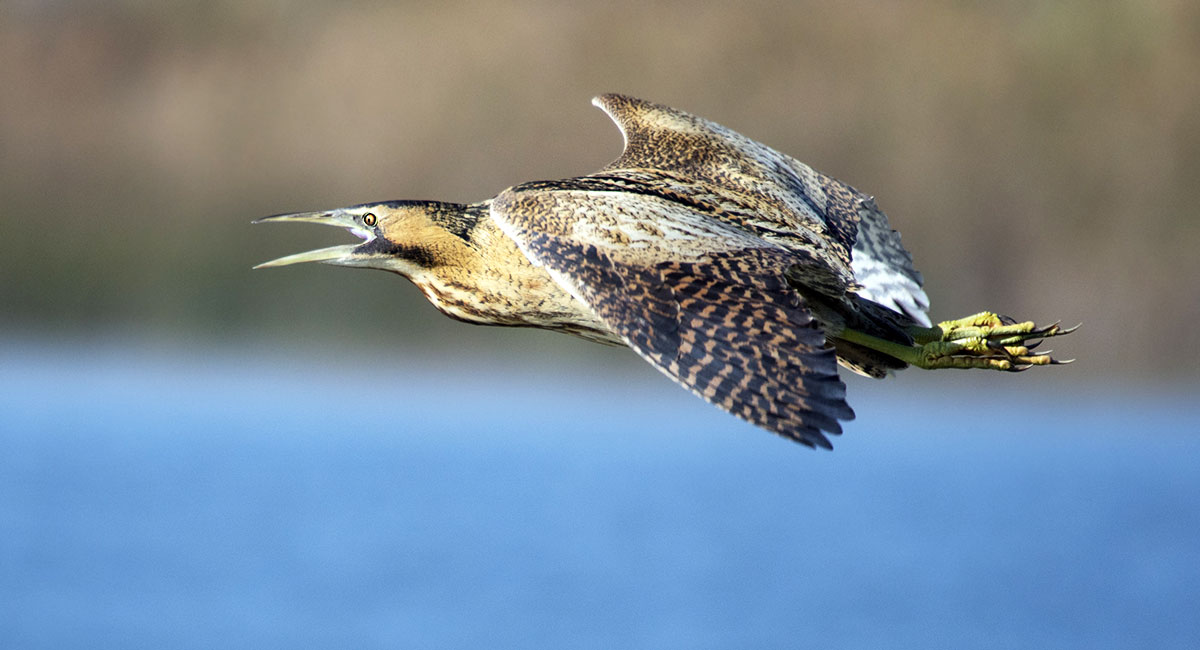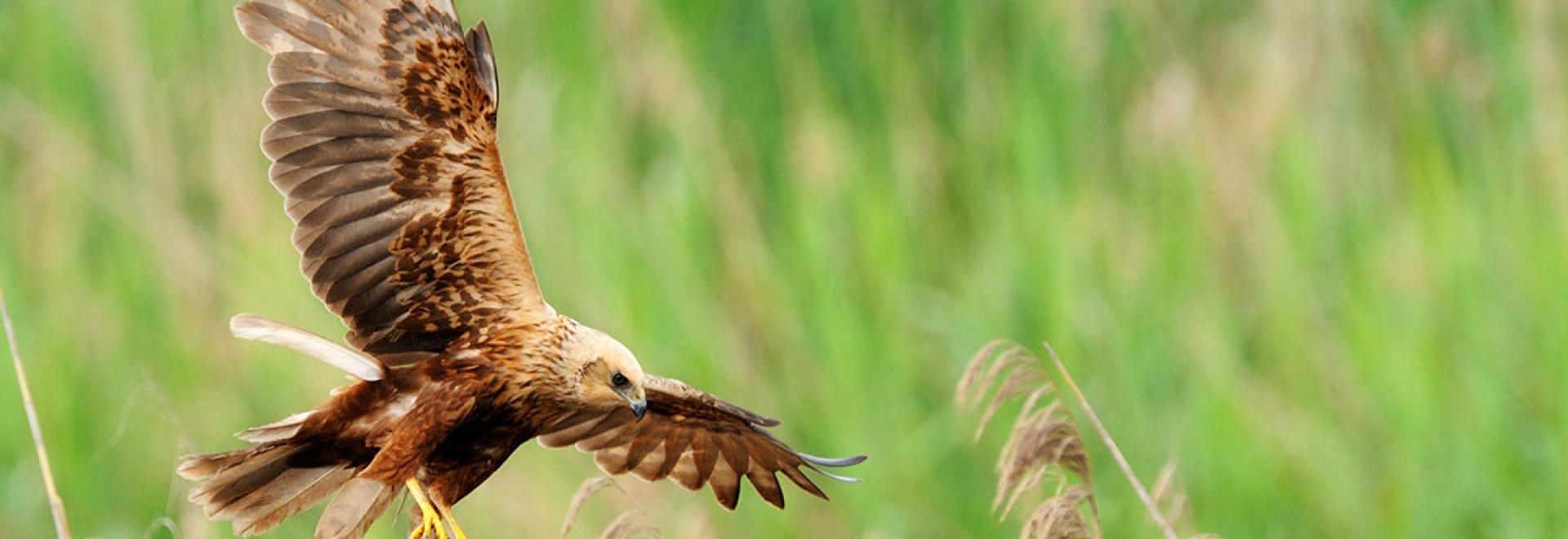The Broads is the perfect destination for bird watching due to its extensive marshland and wetlands. Find out about which birds you can see in The Broads National Park.
The Norfolk Broads is the perfect birdwatching destination due to its abundance of open landscapes, reed beds and waterways. Its nature reserves provide the perfect habitat for a great variety of bird life with something to suit every twitcher. So, pack your binoculars and your bird spotting book and take a trip to experience some of the UK’s best birdwatching.
What kinds of birds will you see?
If you are taking a trip to The Broads in the near future, and you love birds, then you are certainly in for a treat. The wetlands are home to a huge variety of species including birds of prey, wading birds and wild foul. Take one of the many boat trips heading out onto the waters or visit one of Norfolk’s nature reserves for the best chance of catching a glimpse of some of Norfolk’s fantastic feathery friends.
Bittern
The Bittern is a rare and shy bird characterised by its long legs and beak. It can be found taking refuge in the reeds and, if you keep your eyes peeled, you will be able to spot the Bittern swaying gently with the waves of the reeds. The Bittern often uses the reeds as camouflage by standing tall and stretching its neck to become the same height as its surroundings.
Marsh Harrier
This incredible bird of prey is the ‘king of the broads’ and spotting one of these is a fantastic reason to visit the broads. Its name says it all, the marsh harrier, unlike other harriers, dominates the wet marshland as it swoops in and around the reeds searching for its prey. The Marsh Harrier has a much heavier build than other harriers with its wingspan reaching up to 130cm and a body weight of up to 800g in males. When out bird spotting you can identify the marsh harrier by its long tail and the V shape it creates when it is in flight.
Great Crested Grebe
The Great Crested Grebe is known for being an exquisite diver and can swim long distances underwater. When bird watching in The Broads, look out for its unique nesting sites which can be found floating on the waterways. When building them, the great crested grebe anchors these nests to the reeds to stop them floating away. This bird can be recognised by its long neck, dagger shaped sharp bill and its unique neck frill which opens out in summer.
Common Crane
The Crane is one of Europe’s largest birds and can be seen passing through the Broads in spring and autumn. Their numbers are very small in the Norfolk Boards due to their small breeding population and the common crane is currently under a UK amber alert status because of these low numbers. If spotted in flight, they look very impressive with their wingspan reaching 2.2 meters and full body length reaching 1.30 metres. Despite the name ‘Common Crane’ there are only between 9 and 14 pairs of cranes breeding and only 52 birds wintering in the UK every year.
Spoonbill
The Spoonbill is a water bird which sports long black legs and a tall white body. The name ‘spoonbill’ comes from the way the spoonbill feeds – sweeping its bill backwards and forwards in the water to catch food. Look out for patches of yellow on the Spoonbill’s breast and bill as this means that they are in breeding season. You may also spot one standing on one leg – the perfect picture moment!
Let us know which birds you have spotted by commenting below, you can even add a picture to your comment. We want to know all about your birdwatching experinces.





